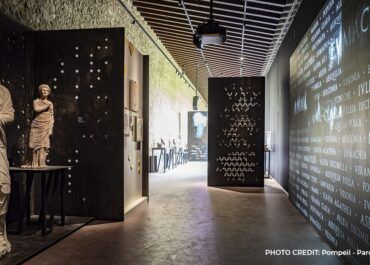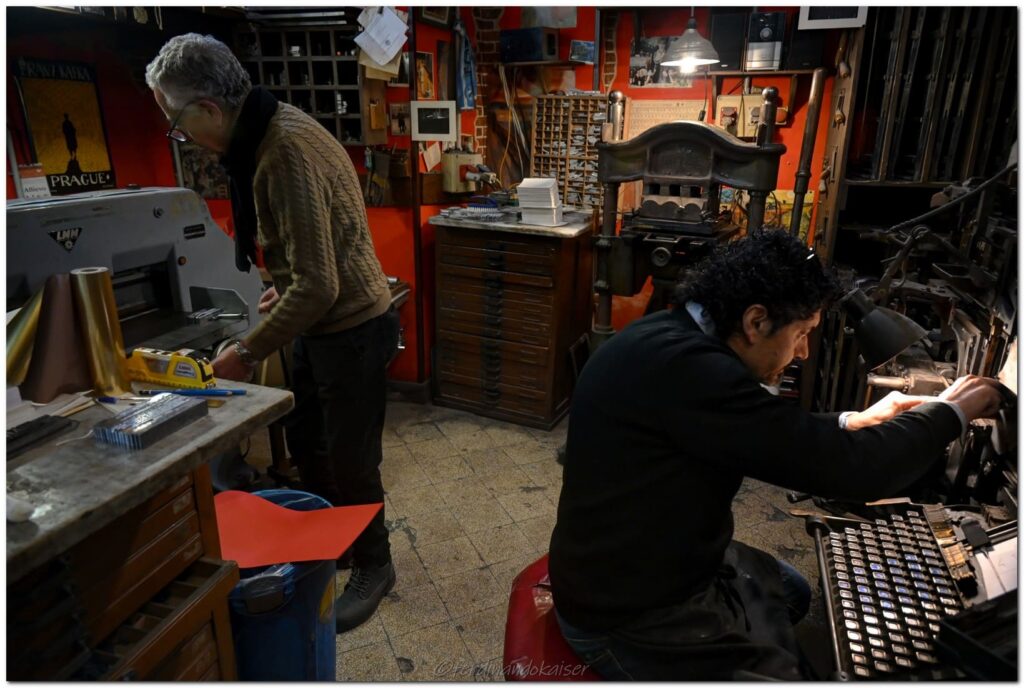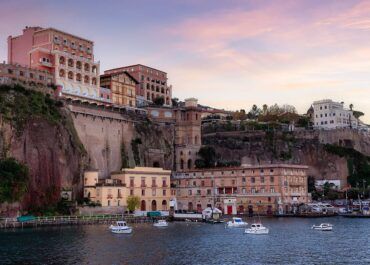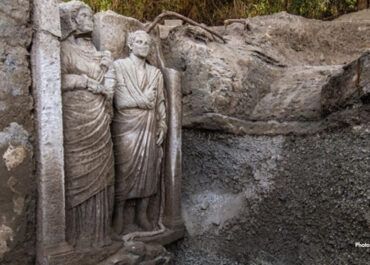Discover Roman Capri in 3D – A Journey Through Ancient Villas
On Saturday, September 20, 2025, at 6:30 PM, the Centro Caprense Ignazio Cerio will host a fascinating event titled “Capri Romana: Nuove Ricostruzioni in 3D”. Thanks to cutting-edge technology and expert archaeological research, the ancient Roman villas of Capri—including Villa Jovis, Palazzo a Mare, Gradola, and Damecuta—will be brought back to life through stunning digital models.
Want to experience the beauty of Capri in person?
Join an unforgettable walking tour of Capri with See Amalfi Coast Private Tours. Discover the island’s iconic landmarks, breathtaking views, and ancient history with an expert local guide. It’s the perfect way to see Capri—past and present—come alive.
Rebuilding the Past with 3D Visualization
Leading the presentation will be Dr. Luca Di Franco, the newly appointed Director of Museums and Archaeological Parks of Capri. Drawing on the work of 3D graphics specialist Ciro Albanese, Di Franco will offer a detailed, scientifically grounded analysis of how these imperial villas looked in their original grandeur during the reigns of Emperors Augustus and Tiberius.
This innovative project combines digital modeling with archaeological data to offer an incredibly accurate vision of the ancient structures that once dotted Capri’s landscape. For history lovers, architecture enthusiasts, and curious travelers alike, it’s a rare opportunity to see ancient Capri as it might have looked over 2,000 years ago.
Event Details
- Title: Capri Romana: Nuove Ricostruzioni in 3D
- Date & Time: Saturday, September 20, 2025 – 6:30 PM
- Location: Piazzetta Cerio, 5 – Capri
- Admission: Free
- Hosted by: Centro Caprense Ignazio Cerio
- With the patronage of: The Municipalities of Capri and Anacapri
The event will be introduced by Professor Annamaria Palombi, Vice President of the Centro Cerio, along with Capri’s Mayor Dr. Paolo Falco.
A New Perspective on Capri’s Imperial Past
Few places capture the imagination like Capri—a timeless island where Roman emperors once built lavish retreats among cliffs and sea breezes. This new digital project helps modern audiences rediscover the island’s imperial past with vivid detail and immersive storytelling.
Whether you’re planning to attend the event or inspired by the rich history of the island, Capri’s Roman legacy is something you don’t want to miss.
Book your private walking tour of Capri today and walk the same paths once taken by emperors—now enhanced with the stories, myths, and marvels of ancient Rome.










